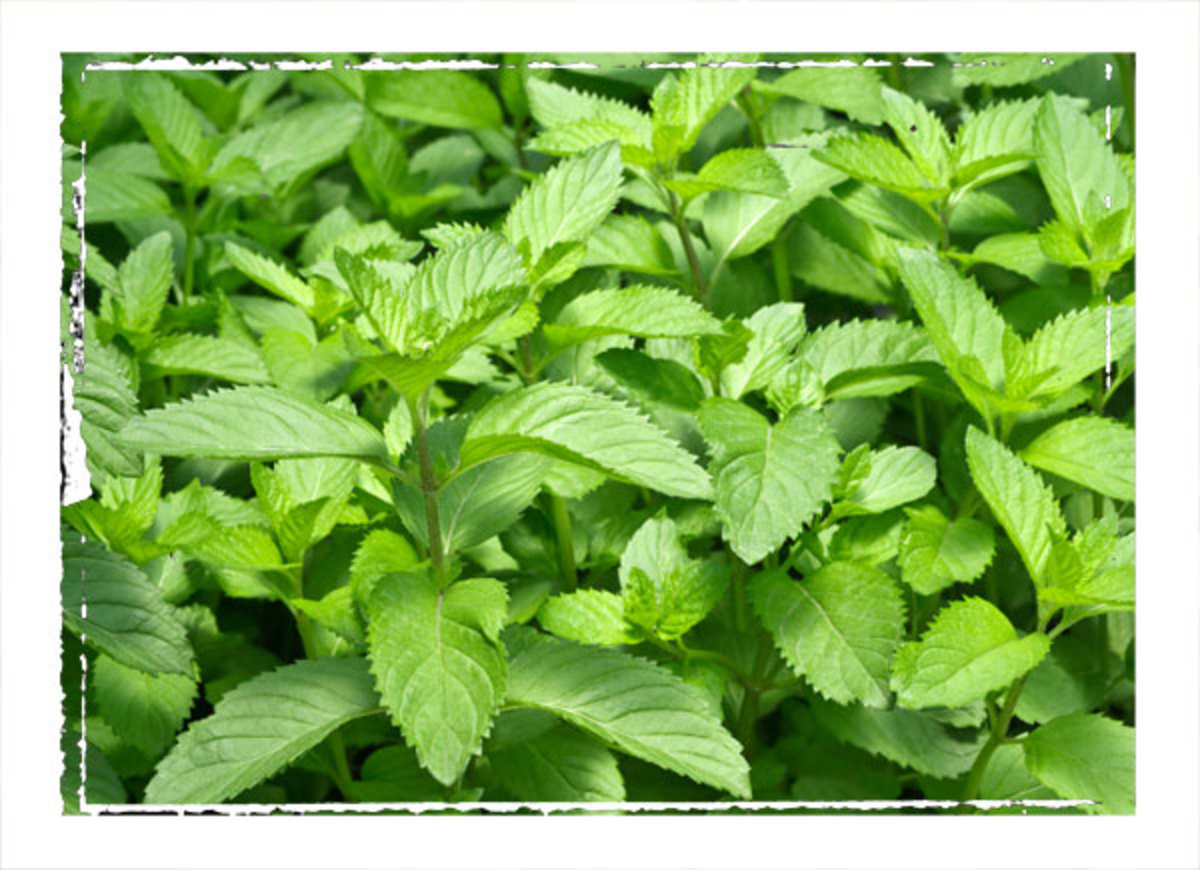Making Mint: How the Julep's Fresher Half Gets to Churchill Downs
Lezh
Forget the bourbon. The first ingredient in the famed Kentucky Derby mint julep is, well, mint. Native spearmint, if you’re cultivating at home.
As Derby faithful drop $11 a julep—or $1,000 per if they’re ponying up for the Woodford Reserve charity julep complete with 24-karat gold-dusted Woodford County mint—and we take in allthestorieswecanfind on the mix of whiskey, sugar water and ice, the namesake ingredient generally doesn’t take center stage. But it always does in Washington State. Though the mint sprigs used in the more than 120,000 juleps sold on Derby day all hail from Louisville’s Dohn & Dohn Gardens, the mecca of mint is actually found in the Yakima Valley of Eastern Washington.
Rod Christensen, executive director of the Washington Mint Growers Association, confirms that the Pacific Northwest is the most prolific mint-growing location in the world—and the one with the best quality, if you'll allow him to editorialize. With hot summers, cool nights and not-too-harsh winters, its climes provide optimal year-round conditions for the perennial mint plants, whether during the growing and harvesting season or the dormant wintertime.
While most of the mint grown throughout the world—India and China also try their hand at the commercial mint market, but don’t grow as much as the U.S.—gets steamed to extract oil from the leaves of the plant, the julep requires fresh mint leaves. The proper drinkmaking process includes muddling a couple of mint leaves along the bottom of the glass and then garnishing with a fresh sprig up top. Christensen recommends using mint leaves within 12 hours of picking, unless you’re able to put them in water and keep them cool, which will extend their freshness span.
Al Bello / Getty Images
The two main varieties of mint, peppermint and spearmint, generally get along quite well, but don’t play together in the mint julep. Jim Kassebaum, a 40-year veteran of Yakima Valley mint growing, says the menthol in peppermint gives it a distinct “cool flavoring” that hits your senses immediately. Spearmint’s carvone backs off the cooling, but gives the mint flavor its staying power (Kassebaum recommends testing out gum to remind you of the flavor differences).
“Most formulations of mouthwash, candy and toothpaste have both mints,” says Kassebaum. “You get the peppermint blast at the front and the spearmint keeps the flavor going. But in the mint julep, the spearmint carries the flavor.”
Spearmint is what Bill Dohn, the owner of Dohn & Dohn Gardens, harvests by hand for the derby. The process starts on the Saturday before the race, with most the cutting done with a sharp knife by about 10 local kids, on hands and knees, who come by after school on Monday and Tuesday. “[Churchill Downs] wants it on Wednesday,” Dohn says. “So we cut it and box it up and put it in refrigeration. It keeps. ”
Dohn has grown derby mint for about 33 years, and says he needs as much mint for the derby as he does the local grocery chain selling for derby parties. “It is not real glamorous," he says, "but it is fun to be a part of it.”
Follow Tim Newcomb on Twitter at @tdnewcomb







